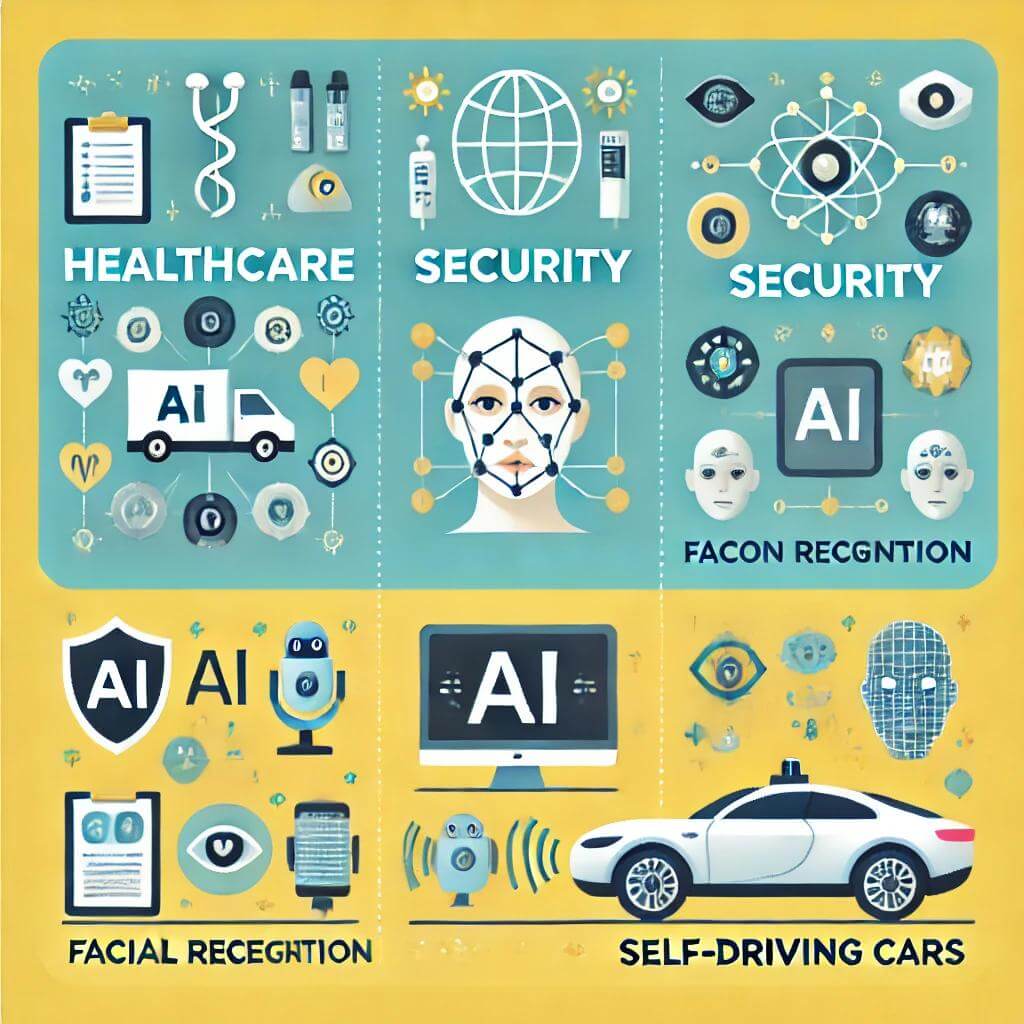Understanding Face Recognition Technology
At its core, face recognition technology is a method of identifying or verifying a person using their face. It captures, analyzes, and compares patterns based on the person’s facial details.
How Does Face Recognition Work?
The process typically involves several key steps:
- Image Capture: The system captures a picture or video frame of the face.
- Face Detection: Using algorithms like Haar Cascades or Deep Learning models, the system identifies the face within the image.
- Feature Extraction: The system analyzes key facial features such as the distance between the eyes, the shape of the nose, and the contour of the lips.
- Comparison: The extracted features are compared against a database of known faces.
- Decision: If a match is found, the system verifies or identifies the person.
Example of Face Detection Using OpenCV
# Using OpenCV for face detection (pseudo-code)
import cv2
# Load pre-trained Haar Cascade model for face detection
face_cascade = cv2.CascadeClassifier('haarcascade_frontalface_default.xml')
# Read an image
img = cv2.imread('person.jpg')
gray = cv2.cvtColor(img, cv2.COLOR_BGR2GRAY)
# Detect faces
faces = face_cascade.detectMultiScale(gray, scaleFactor=1.1, minNeighbors=5)
# Draw rectangles around detected faces
for (x, y, w, h) in faces:
cv2.rectangle(img, (x, y), (x+w, y+h), (255, 0, 0), 2)
Applications of Face Recognition
Face recognition technology is being used in a wide range of industries, providing both security and convenience.
Security and Law Enforcement
Face recognition has become a key tool for law enforcement. It is used to identify suspects in criminal investigations, monitor public spaces, and even track known criminals. The technology can scan crowds and match faces in real-time, providing authorities with instant information.
Mobile Phones and Devices
One of the most common uses of face recognition today is for device security. Phones like the iPhone and Android devices use facial recognition to unlock screens and authorize payments. This feature replaces the need for passwords or fingerprints, making it more convenient for users.
Retail and Marketing
Some companies are using face recognition for personalized marketing. By recognizing returning customers, stores can offer personalized shopping experiences, such as tailored promotions or recommendations based on past purchases.
| Application | Description |
|---|---|
| Law Enforcement | Identifying suspects and monitoring public spaces |
| Mobile Devices | Unlocking phones and authorizing payments |
| Retail and Marketing | Offering personalized shopping experiences |
Advantages of Face Recognition Technology
There are several advantages to using face recognition technology:
- Convenience: No need to remember passwords or carry identification cards.
- Speed: Instant verification in real-time applications.
- Non-Intrusive: Unlike fingerprints, facial recognition does not require physical contact.
- Scalability: Can be easily integrated into large-scale systems like airports or stadiums.
Challenges and Concerns
Despite its many advantages, face recognition technology also raises some challenges and concerns, particularly around privacy and accuracy.
Privacy Concerns
The use of face recognition, especially by governments and corporations, raises concerns about mass surveillance. There is a fear that widespread use could lead to the tracking of individuals without their consent.
Accuracy Issues
While face recognition has improved significantly, it is not perfect. The technology can struggle with lighting conditions, angles, or even recognizing faces in people with different ethnic backgrounds. These issues can lead to biases in how the system performs.
Future of Face Recognition
As technology continues to evolve, the future of face recognition looks promising but complex. There is ongoing research to address the current limitations and ethical concerns. Future advancements may include more accurate algorithms, better handling of privacy issues, and wider applications in everyday life.
Conclusion
Face recognition technology is transforming the way we live, making it easier to secure devices, improve public safety, and provide personalized experiences. However, it is crucial to address the ethical challenges surrounding its use. As the technology advances, it will continue to play a significant role in shaping the future of both security and convenience.



1 comment